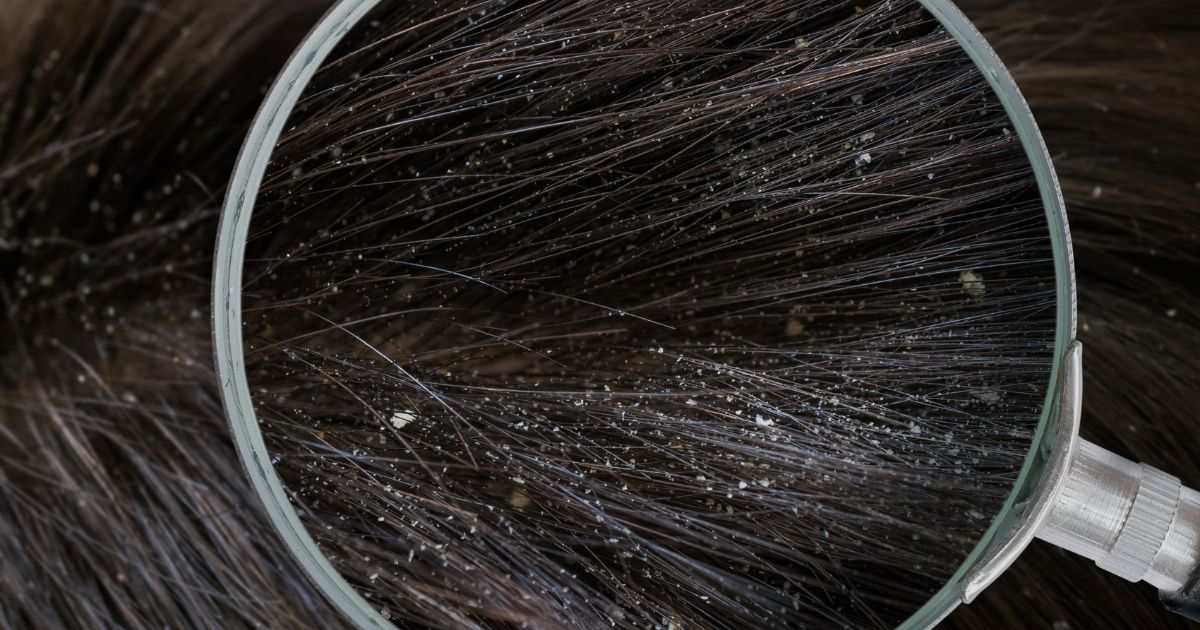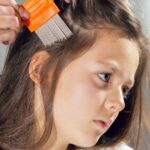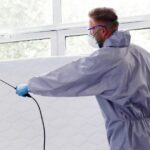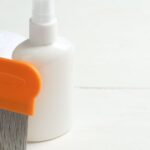An itchy scalp can be distressing, leaving you wondering how to know if you have lice or dandruff. Many people struggle to distinguish between these two conditions because they both cause itching. While lice and dandruff may seem similar, they are fundamentally different.
Lice are parasites that live temporarily on your scalp and feed on your blood, causing intense itching. Dandruff, also known as seborrheic dermatitis, is a chronic skin condition that leads to rapid shedding of the scalp’s top layer, resulting in dry, flaky, and itchy skin. This article will help you understand the key differences between lice and dandruff.
Understanding Lice and Dandruff
Both lice and dandruff can cause discomfort and itching, but they are distinct conditions with different causes and characteristics. Understanding the differences is crucial for proper treatment.
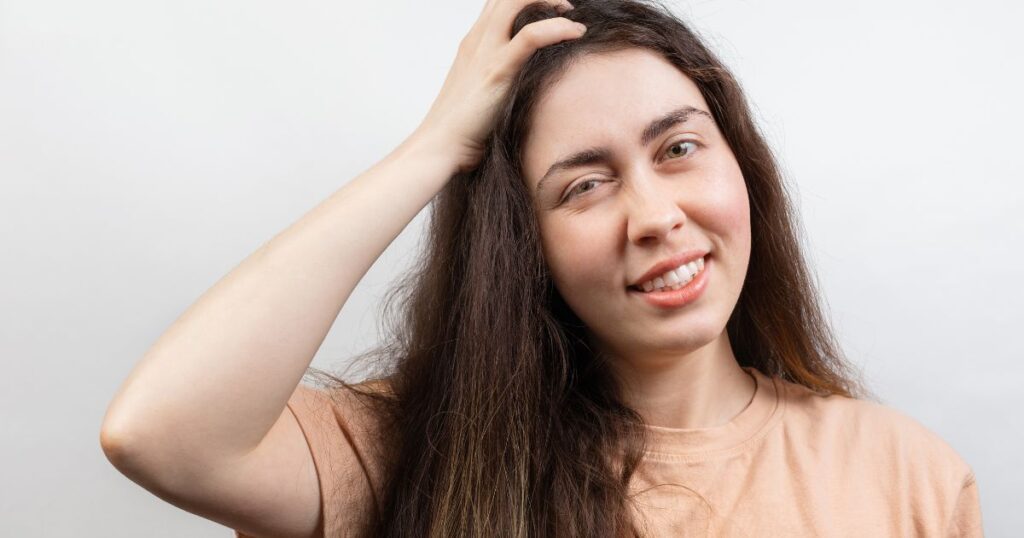
What Are Lice?
Lice are small, wingless insects that live on the human scalp, feeding on blood. There are three types of lice:
- Head Lice: These lice are commonly found on the scalp, particularly at the nape of the neck and around the ears. They are named for their preferred location.
- Body Lice: Unlike head lice, body lice live in bedding and clothing, moving to the skin to feed. They are often associated with poor hygiene, as they infest individuals who do not bathe or wash their clothes regularly.
- Pubic Lice: Also known as crabs, these lice infest the coarse hair in the pubic region. They can also be found on chest hair, eyebrows, and eyelashes.
To know if you have lice, look out for the following signs:
- Intense Itching: This can occur on the scalp, genital area, or body, indicating the presence of lice.
- Tickling Sensation: A feeling of something moving in the hair is a common symptom of lice.
- Visible Lice: Seeing lice on clothing, the scalp, or pubic hair is a clear indication of infestation.
- Lice Eggs (Nits): Nits are small, hard-to-see eggs attached to hair shafts. They can sometimes be mistaken for dandruff.
- Sores and Scratches: Intense scratching can lead to sores on the scalp or neck.
- Bite Marks: Lice bites can leave marks, especially around the pubic area, upper thighs, and waist.
What Is Dandruff?
Dandruff is a common skin condition that causes itching and flaking on the scalp. Although often confused with lice, dandruff has distinct characteristics that set it apart:
- Less Intense Itching: The itching from dandruff is generally milder compared to the intense itching caused by lice.
- Scalp Affected: You know if you have dandruff when the condition affects only the scalp and not the hair itself.
- Big, White, or Yellow Flakes: Noticing white or yellow flakes falling from your scalp is a clear sign of dandruff.
- Larger Flakes: While lice can cause flaking, dandruff flakes are usually larger and drier.
To know if you have dandruff, consider the following:
- Dry Skin: Commonly leads to flaking.
- Oily Skin: Irritable oily skin can also cause dandruff.
- Fungal Infection: A fungus that feeds on scalp oils, particularly in adults, can lead to dandruff.
- Contact Dermatitis: Sensitivity to hair care products can trigger dandruff.
- Eczema and Other Skin Conditions: These conditions can also cause scalp flaking.
Key Differences Between Lice and Dandruff
To determine whether you have lice or dandruff, it’s important to understand their differences.
- Appearance: One noticeable distinction between lice and dandruff is their appearance. Lice are small insects, about the size of a sesame seed, and can be seen with the naked eye. They lay tiny eggs called nits, which attach firmly to individual hair shafts. In contrast, dandruff consists of white or yellow flakes on the scalp that easily fall off when you brush your hair.
- Symptoms: Lice infestations typically cause severe itching due to bites, which can lead to skin irritation. In contrast, dandruff usually results in milder itching without the presence of bites.
- Location: Lice infestations are typically localized on the scalp and around the hairline. They remain close to the scalp where they feed. On the other hand, dandruff can spread along the hairline and beyond, especially as you scratch or brush your hair. However, dandruff flakes are primarily located on the scalp and do not remain attached like lice eggs.
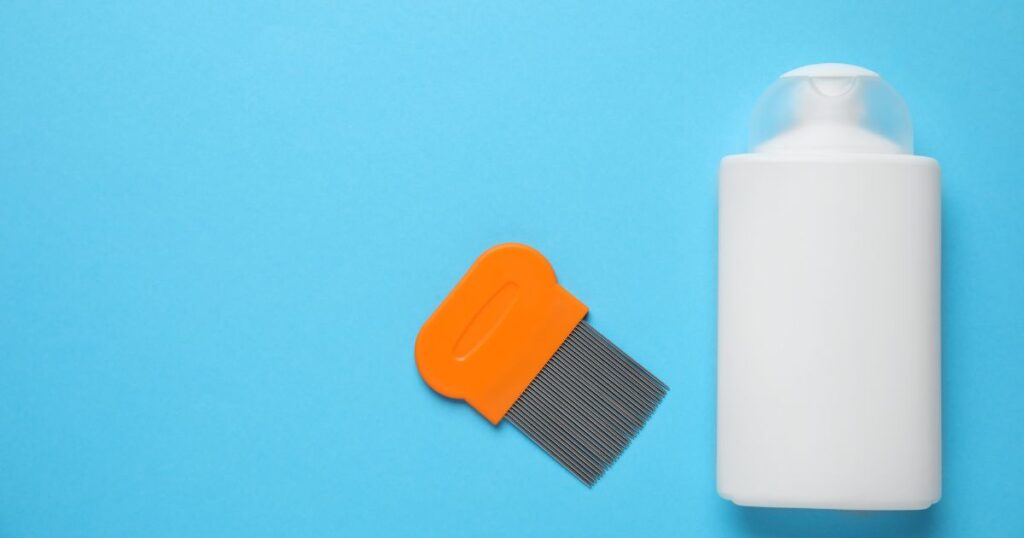
Prevention Tips
Preventing both dandruff and lice involves maintaining good hygiene and taking specific measures to keep your scalp and hair healthy.
Preventing Dandruff
Here are several natural ways to prevent dandruff:
- Maintain Cleanliness: Keep your hair and scalp clean by washing regularly. Avoid touching your hair with dirty hands to prevent transferring oils and dirt to your scalp.
- Healthy Diet: Eat a balanced diet rich in fatty acids, protein, and omega-3s to support scalp health.
- Use Anti-Dandruff Products: If you notice dryness, use anti-dandruff shampoos regularly to prevent fungal growth on the scalp.
- Choose the Right Products: Opt for shampoos containing salicylic acid, which can help prevent dandruff recurrence.
- Home Remedies: Apply lemon juice to your scalp, leave it for 30 minutes, and rinse with clean water. Aloe vera gel can also soothe and treat the scalp.
- Avoid Excessive Oils: Do not use too much oil, as it can block moisture from reaching your scalp.
Preventing Lice
Lice infestations are preventable with careful precautions. Here are some tips to keep lice away from your hair and clothing:
- Avoid Close Contact: Teach children to avoid close contact during play, such as head-to-head or body-to-body interactions.
- Do Not Share Personal Items: Avoid sharing items like hair brushes, clothing, and towels.
- Disinfect Hair Tools: Regularly clean and disinfect combs and brushes to kill any lice eggs before they hatch.
Treatment Options
There are effective methods for treating both lice and dandruff at home. Here’s a guide to help you address these issues:
For Lice
The best way to treat lice is to visit The Lice Clinic office and have a technician perform a heated air removal treatment. This three-step process includes a 30-minute Lice Tech treatment, a comb-out to remove dead lice and nits, and a post-removal oil application. This treatment has no toxic chemicals and only has to be done one time.
Avoid over-the-counter shampoos or treatments to remove lice. These products have lots of chemicals that can be toxic to humans. Treatments from over-the-counter are also not very effective with only one round. Usually, you will need to buy several kits.
For Dandruff
To treat dandruff, wash your hair more frequently with medicated shampoos. Allow the shampoo to remain on your scalp for at least ten minutes to maximize its effectiveness. If dandruff persists despite using anti-dandruff shampoos, consult a dermatologist to rule out underlying conditions, such as autoimmune disorders.
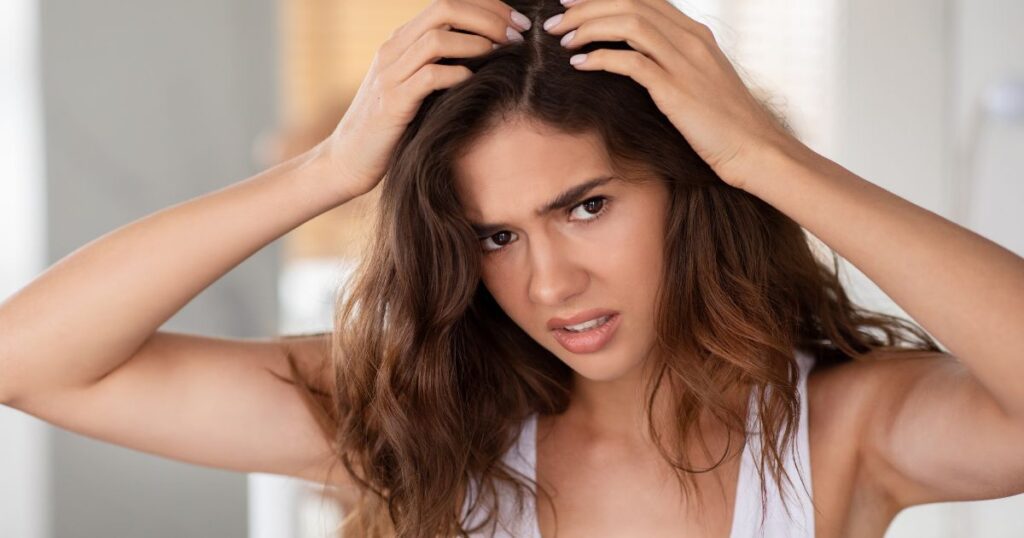
Seek Professional Lice Treatment Today
At-home treatments can sometimes fall short, especially if you’re unsure about the symptoms or if over-the-counter solutions aren’t working. That’s why we at The Lice Clinics are here to offer professional lice treatment and expert advice on scalp health. Trust us to provide reliable solutions and peace of mind. Visit our clinic today for comprehensive care and information.
